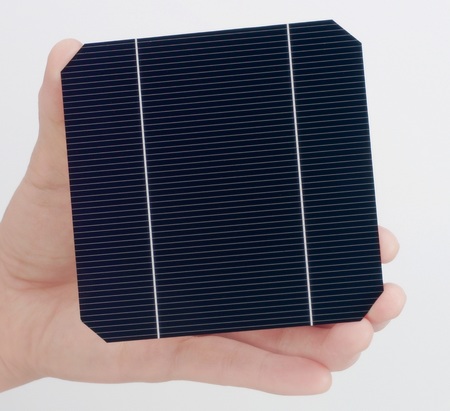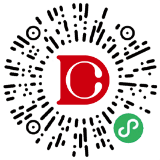近日,一种最有前途的制作廉价且效率可观的光伏电池技术再一次走上了降价之路。在加拿大多伦多大学的科学家们发现,便宜的镍在关键的电接触上面可以像黄金一样通过其太阳能电池的胶体量子点收集的电流。
然而,Professor Ted Sargent's group的光伏研究项目负责人Lukasz Brzozowski说,使用的镍的改变又可以降低原本就很便宜的材料费用的40%-80%。在2010年7月12日,美国物理协会(AIP)出版发行了他们目前的研究-应用物理快报(Applied Physics Letters)。
量子点是一种半导体材料,其使用成本低,在液体溶液中能够产生高流动性的化学反应。由于大小不同,量子点的性质也会变化,量子点可配合照明光谱。
例如,一半的阳光都在红外波段,而其中大部分是不能以硅为基础的太阳能电池收集。Sargent团队率先开发和设计了量子点太阳能电池收集可见光和红外光。他们的电力转换效率高达5%,而其目标是在商业化之前达到10%。
事实上,起初,镍并没有用在此项目中。后来,在镍之间添加一纳米的氟化锂,量子点就制造出了一个屏障来,阻止其受污染,最后电池效率就达到了预期水平. 这次加拿大研究人员的发现意味着最近太阳能电池的里程碑。

New Inexpensive Solar Cell Design
One of the most promising technologies for making inexpensive but reasonably efficient solar photovoltaic cells just got much cheaper. Scientists at the University of Toronto in Canada have shown that inexpensive nickel can work just as well as gold for one of the critical electrical contacts that gather the electrical current produced by their colloidal quantum dot solar cells.
The change to nickel can reduce the cell's already low material costs by 40 to 80 percent, says Lukasz Brzozowski, the director of the Photovoltaics Research Program in Professor Ted Sargent's group. They present their research in the July 12, 2010 issue of Applied Physics Letters, which is published by the American Institute of Physics (AIP).
Quantum dots are nanoscale bits of a semiconductor material that are created using low-cost, high-throughput chemical reactions in liquid solutions. Since their properties vary according to their size, quantum dots can be made to match the illumination spectrum.
Half of all sunlight, for example, is in the infrared wavelengths, most of which cannot be collected by silicon-based solar cells. Sargent's group has pioneered the design and development of quantum dot solar cells that gather both visible and infrared light. They have reached a power-conversion efficiency as high as 5 percent and aim to improve that to 10 percent before commercialization.
At first, nickel did not appear to do the job. Adding just one nanometer of lithium fluoride between the nickel and the dots created a barrier that stopped the contamination, and the cell's efficiency jumped back up to the expected level.
This is the latest of several recent solar-cell milestones by the Canadian researchers. "We have been able to increase dramatically the efficiency of our photovoltaics over the last several years and continue to hold the performance world records," Professor Sargent said.
索比光伏网 https://news.solarbe.com/201008/05/12495.html



